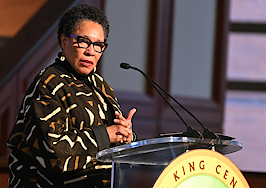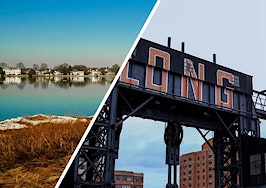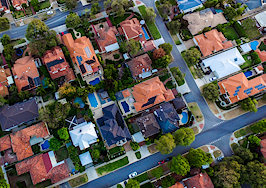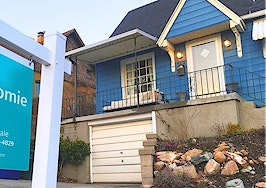New markets require new approaches and new tactics. Experts and industry leaders will take the stage at Inman Connect New York in January to help you navigate the market shift — and prepare for the next one. Meet the moment and join us. Register here.
In recent years, a growing body of research has begun to back the personal experiences of homeowners of color who alleged they received a raw deal because of their race when seeking a home appraisal.
Thanks to appraisal data released last week by the Federal Housing Finance Agency, a new study adds further weight to that idea.
Homes in predominantly white neighborhoods were appraised at double the value of homes in communities of color that had similar housing stock, socioeconomic status and access to nearby amenities, according to the study, which was published this week by the nonprofit Eruka and Washington University in St. Louis.
“This report, in combination with previous scholarship, shows that the persistent and growing neighborhood inequality in home values cannot be explained by differences in property type or quality, neighborhood socioeconomic status or amenities or even the amount of real estate demand in the area,” the study concludes.
Using more than 32 million appraisals, the new study is larger than the one published last year by Freddie Mac researchers, which found evidence that appraisals were more likely to come in below the contract price in Black and Latino neighborhoods.
The new data analyzed metropolitan areas with populations greater than 500,000 and nonwhite populations of at least 50,000.
The team used census tracts to represent neighborhoods and compared similar neighborhoods within the various metro areas for its analysis.
Places that compared similarly in the following areas were considered to have similar housing stock: the average age of the housing, the average number of rooms in each housing unit and the share of all housing units that were detached single-family houses.
Neighborhoods were considered to be close in socioeconomic status if they had similar poverty rates, a similar share of people employed in the labor force and a similar homeownership rate.
Finally, the study considered each neighborhood’s access to local businesses, services, parks and employment centers.
Inequality in appraisals has also been worsening over the last decade and especially in the last few years, the study found.
The average home in a white neighborhood gained $136,000 in value since the start of the COVID-19 pandemic. A home in an otherwise equivalent neighborhood with virtually no white residents gained less than half that much in value — about $60,000, the researchers found.
This finding held up broadly among various nonwhite backgrounds. At a particularly steep disadvantage were appraisals in predominantly American Indian, Alaska Native, Southeast Asian and Pacific Islander communities, even if their socioeconomic characteristics and housing stock were comparable.
As for how this is all happening, the study authors say appraisers could be responding to a combination of influences that perpetuate inequality.
Because they’re basing their appraisals in part on comparisons with previous sales, they’re bound to carry over information from past sales — including the possible racial stereotypes directed toward a previous homeowner or the neighborhood in which they lived. This information from past sales may also be “combined with contemporary racist stereotypes” in a way that worsens inequality, the authors wrote.













